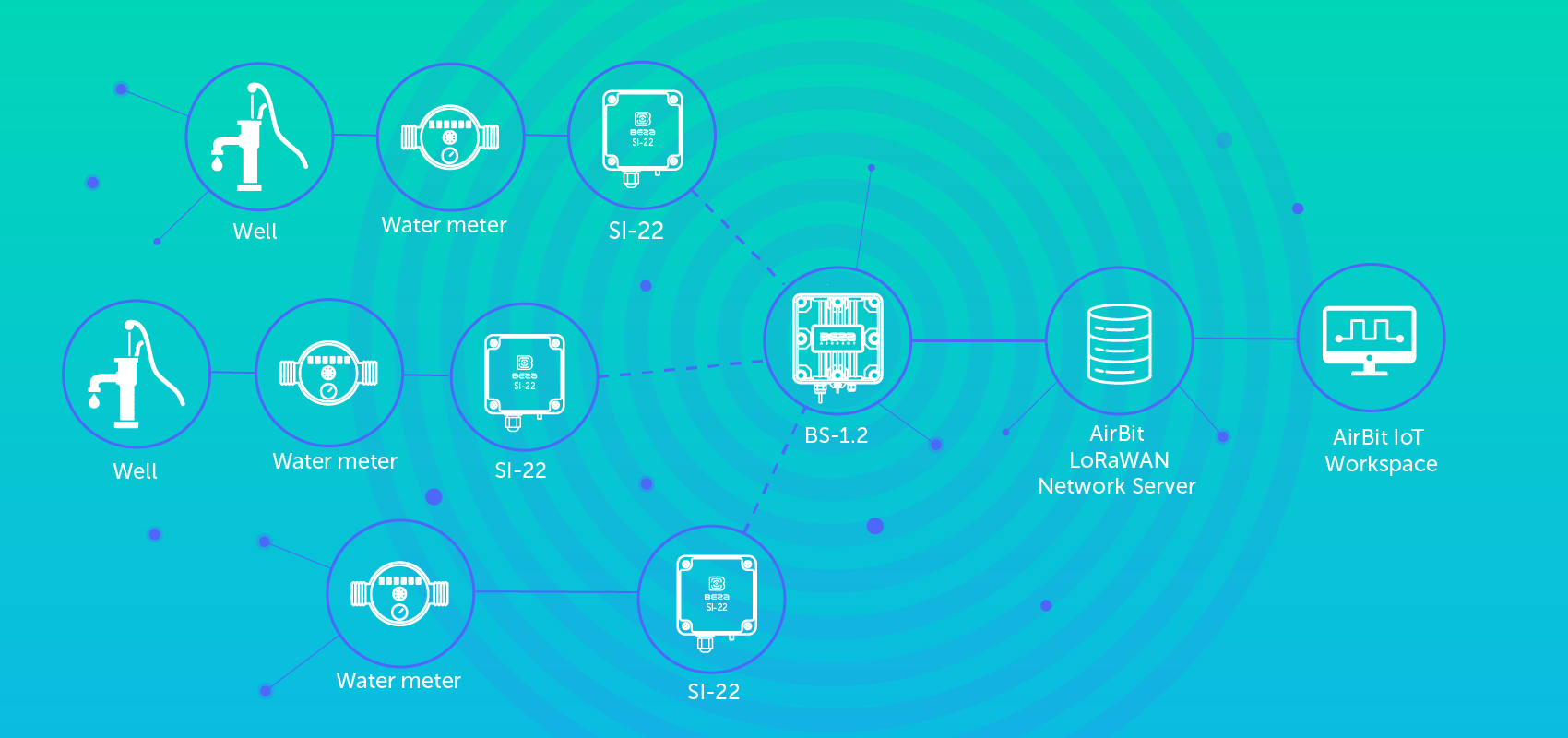The organization of remote data collection can cover a number of needs of a large enterprise, as was the case with the AgroBelogorye Group of Companies, the leading producer of pig meat in Russia. The production assets of the Group of Companies are located in the Belgorod Region and ensure the production of 250 thousand tons of products per year.
Our partner AirBit is developing server and client software to automate data collection. They implemented a comprehensive solution for the AgroBelogorye Group of Companies using the equipment of Vega-Absolute and their own software AirBit LoRaWAN Network Server and AirBit IoT Workspace.
- The main objectives of the project were:
- Eliminate the human factor when collecting readings from water meters;
- Reduce water consumption;
- Set consumption rates for groups of objects and track overspending;
- Promptly receive information about problems that have arisen at water wells.
The solution was integrated in several stages:
1. Stage of research of production sites and wells of the enterprise
Specialists of AirBit examined 90 production sites and more than 20 sites with wells located in hard-to-reach places.
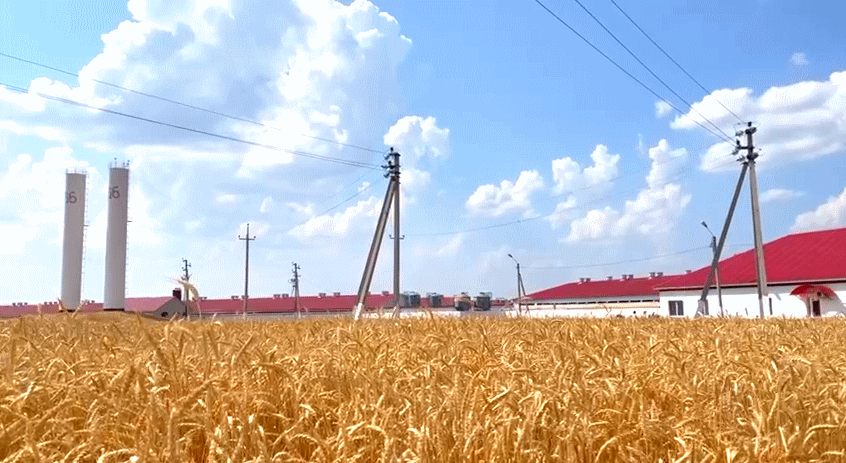
2. Development of the project of the future network and economic evaluation
Water at the enterprise goes to various needs: watering livestock, technical needs, administrative and household. All these needs are covered from various sources, the consumption of which must be monitored for the effective management of the agro-complex. All this was taken into account in the design of the network.
3. Installation of equipment at facilities
37 gateways Vega BS-1.2 were installed on the water towers of the AgroBelogorye Group of companies, which covered the entire territory of the enterprise.
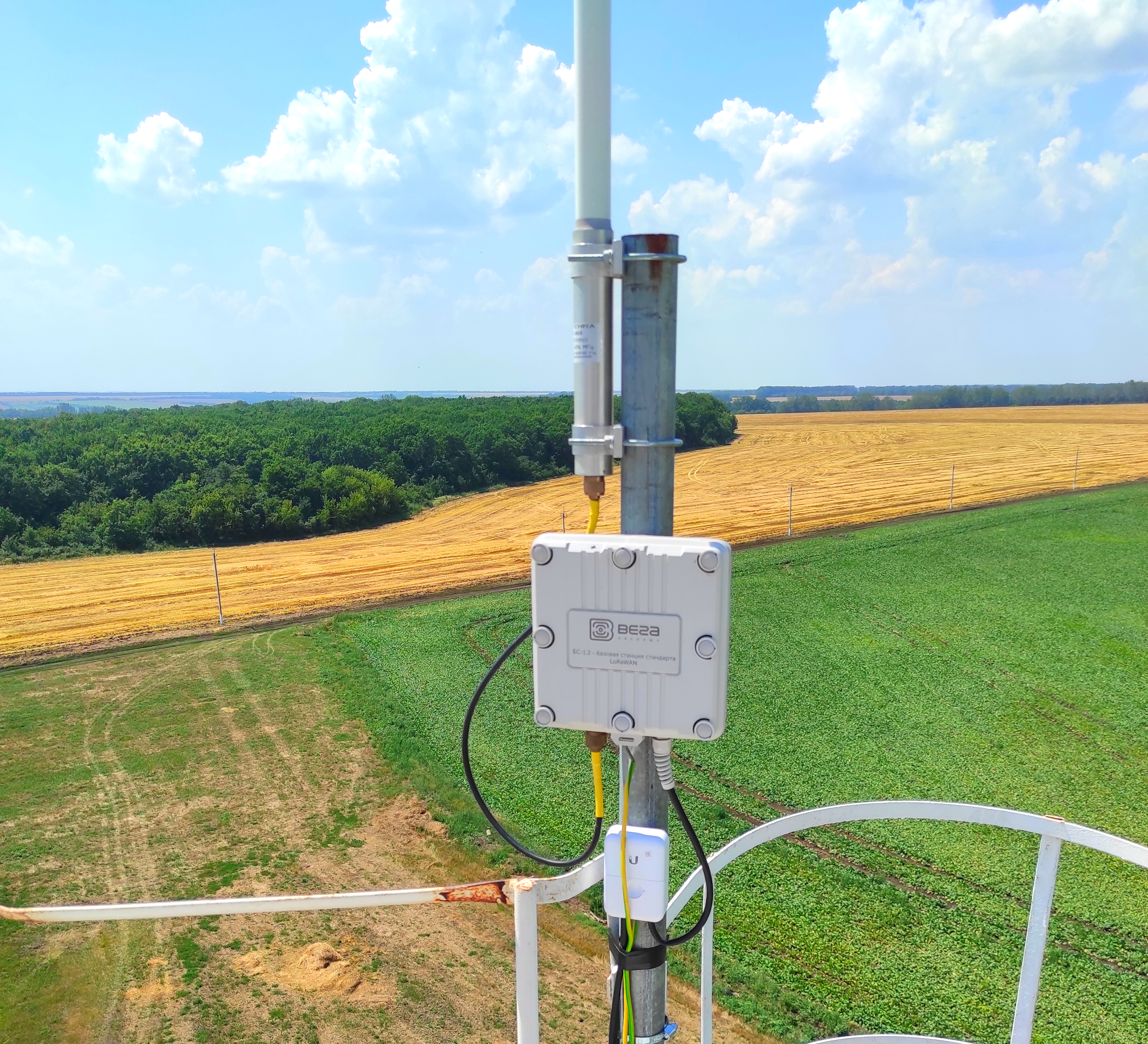
The pulse counter Vega SI-22 was chosen as the equipment for collecting data from metering devices. Since the well flow meters are located in hard-to-reach places, a cable was laid to them and metal boxes were installed on the surface for easy access to the pulse meters and their protection from the weather.
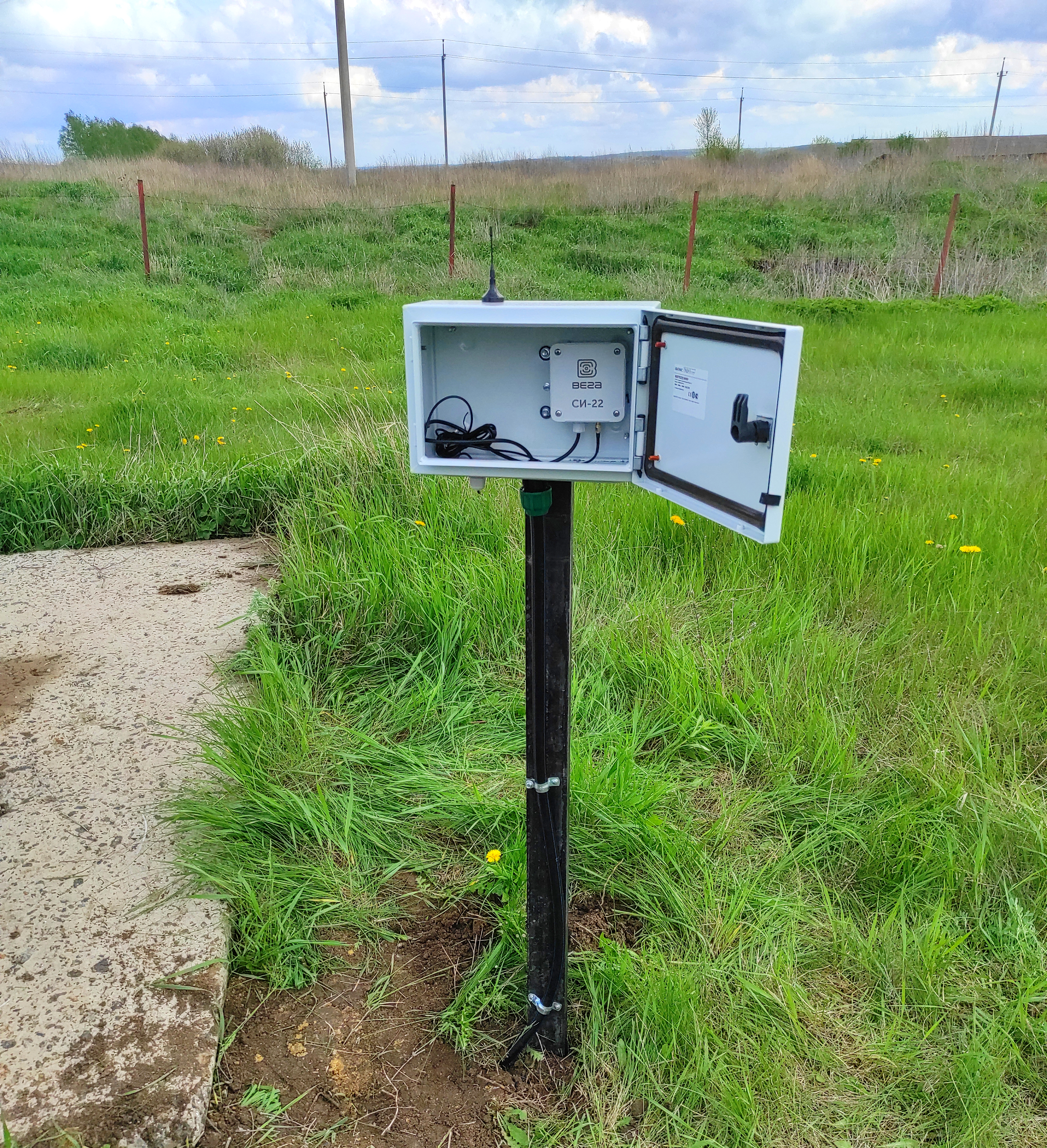
4. Launching and testing the data acquisition system
In this case, the cloud version of AirBit LoRaWAN Network Server was used - software for managing gateways and client devices.
Information from all metering devices is collected into a single database and displayed in the AirBit IoT Workspace analytical interface.
Each metering device is assigned to a specific enterprise object (object tree) and a consumption group (drinking system, technological consumption, etc.).
According to the received data, the program can build graphs, issue reports on consumption and excess consumption per hour, per day, etc.
5. Software development for the needs of the client
AirBit software products allow you to customize the software and increase functionality during operation. In this case, the customer needed to implement notifications to responsible persons about exceeding the consumption norms set for groups of objects (e-mail, Telegram). Notifications were also implemented when a long-term zero flow rate was detected in wells, which is a signal of possible problems.
- Solution Integration Results:
- Readings from metering devices are collected automatically once a day and are available to employees at the head office in a visual and convenient form;
- Waste of resources is reduced due to rapid response to accidents, timely detection of cost overruns, predictive maintenance of equipment in case of malfunctions;
- Responsible persons managed to establish adequate consumption norms for groups of objects and quickly receive information about overspending;
- In the event of problems at water wells, information about this is immediately sent to the responsible persons.

 Vega BS-1
Vega BS-1 Vega BS-2
Vega BS-2 Vega BS-1.2
Vega BS-1.2 Vega BS-2.2
Vega BS-2.2 Vega BS-0.1
Vega BS-0.1 Vega BS-3
Vega BS-3 Antenna 868-01
Antenna 868-01 Antenna 868-01-A10
Antenna 868-01-A10 Vega SI-11
Vega SI-11 Vega SI-12
Vega SI-12 Vega SI-13-232
Vega SI-13-232 Vega SI-13-485
Vega SI-13-485 Vega SI-21
Vega SI-21 Vega SI-23-232
Vega SI-23-232 Vega SI-23-485
Vega SI-23-485 Vega SI-22
Vega SI-22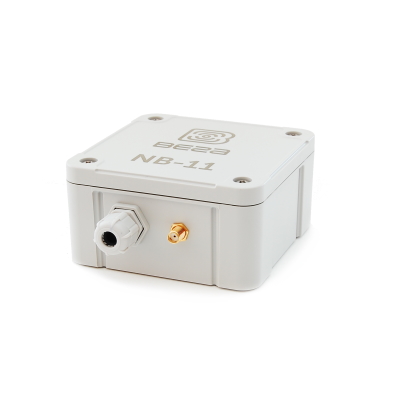 Vega NB-11
Vega NB-11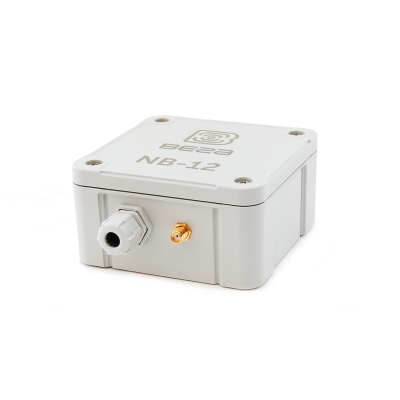 Vega NB-12
Vega NB-12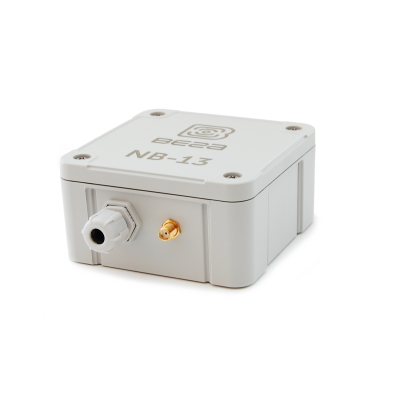 Vega NB-13
Vega NB-13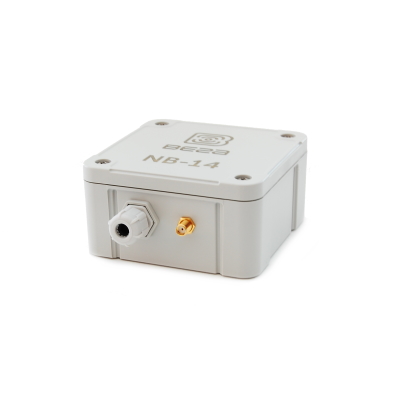 Vega NB-14
Vega NB-14 Vega NB-15
Vega NB-15 Betar-Vega SHVE/SGVE
Betar-Vega SHVE/SGVE Vega TL-11
Vega TL-11 Vega M-BUS-1
Vega M-BUS-1 Vega M-BUS-2
Vega M-BUS-2 Vega TP-11
Vega TP-11 Vega TD-11
Vega TD-11 Vega GM-2
Vega GM-2 Vega SH-2
Vega SH-2 Vega LM-1
Vega LM-1 Vega LM-210
Vega LM-210 Betar-Vega SHVE/SGVE
Betar-Vega SHVE/SGVE CE2726A R01
CE2726A R01 CE2726A W03
CE2726A W03 CE2727A R02
CE2727A R02 CE2727A B04
CE2727A B04 Mercury 206
Mercury 206 Betar-Vega SGBM-1.6
Betar-Vega SGBM-1.6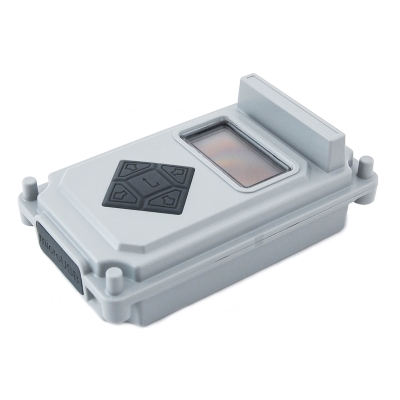 Vega TS-11
Vega TS-11 Vega Smart-UM0101
Vega Smart-UM0101 Vega Smart-HS0101
Vega Smart-HS0101 Vega Smart-MC0101
Vega Smart-MC0101 Vega Smart-WB0101
Vega Smart-WB0101 Vega Smart Badge
Vega Smart Badge Vega TD-21
Vega TD-21 Vega Smart-AS0101
Vega Smart-AS0101 Vega Smart-MS0101
Vega Smart-MS0101 Vega Smart-SS0101
Vega Smart-SS0101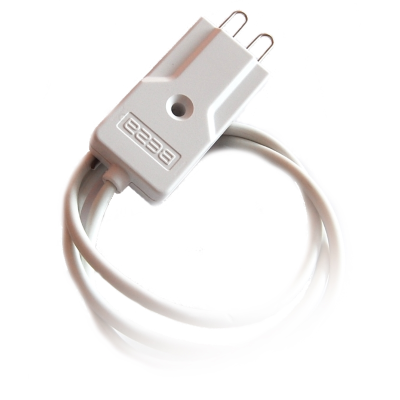 Vega DP-1
Vega DP-1 Vega USB-UART
Vega USB-UART Vega FSK Dongle
Vega FSK Dongle Vega RF32WL
Vega RF32WL Vega RM868-UFL
Vega RM868-UFL Vega RM868-CPA
Vega RM868-CPA VEKTOR-101
VEKTOR-101 Vega Smart Tab
Vega Smart Tab Vega BP 3.6V
Vega BP 3.6V Vega Smart Tab-S
Vega Smart Tab-S Vega BS-4
Vega BS-4 Vega BS-4 PRO
Vega BS-4 PRO